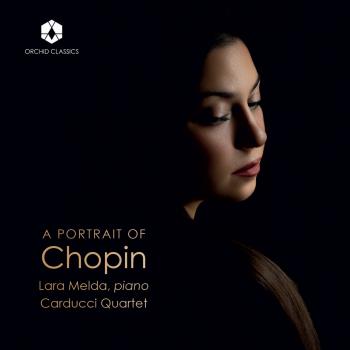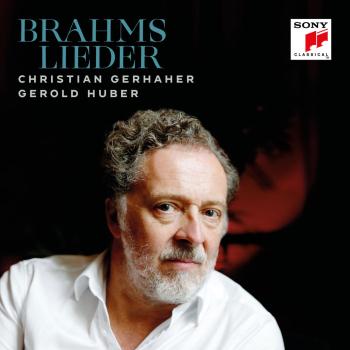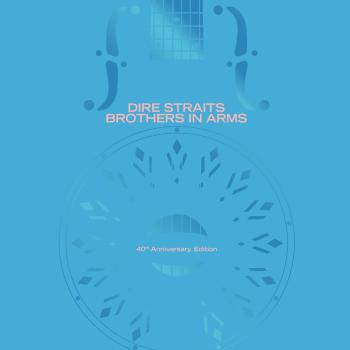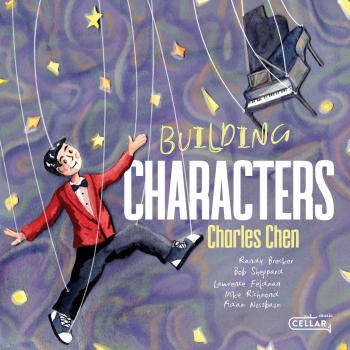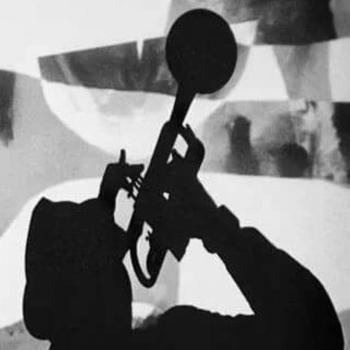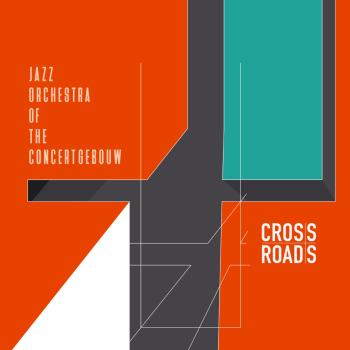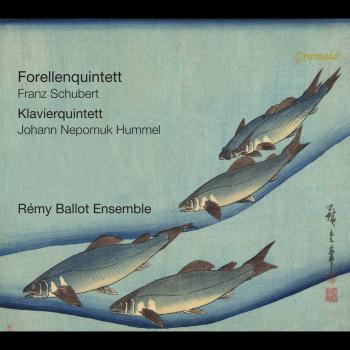
Vitali: Ciaconna Clematis Ensemble & Stéphanie de Failly
Album Info
Album Veröffentlichung:
2013
HRA-Veröffentlichung:
14.02.2013
Label: Ricercar
Genre: Classical
Subgenre: Chamber Music
Interpret: Clematis Ensemble & Stéphanie de Failly
Komponist: Tomaso Antonio Vitali (1663-1745), Giovanni Battista Vitali (1632-1692)
Das Album enthält Albumcover Booklet (PDF)
- 1 Parte del Tomaso Vitalino 12:02
- 2 Capriccio di tromba per violino solo 02:14
- 3 Furlana 03:04
- 4 Barabano 04:14
- 5 Il violino sona in tempo ordinario 02:56
- 6 Rugiero 01:35
- 7 Passo e mezzo in La Minore 03:14
- 8 Sonata prima in La Minore - Grave - Allemanda - Corrente - Minué - Canario 07:12
- 9 Sonata duodecima - Ciacona 03:20
- 10 Sonata (re maggiore) 06:52
- 11 Bergamasca per il violone 02:07
- 12 Passo e mezzo 04:28
- 13 Toccata per violino solo 01:14
- 14 Sonata seconda in La Minore 05:38
- 15 Bergamasca per il violino 01:57
Info zu Vitali: Ciaconna
Every violinist from the Romantic period onwards has played Tomaso Antonio Vitali’s famous Chaconne, although the score that they used was always based on the very much modified version of the piece that violin virtuoso Ferdinand David had made of it around 1860. Various unusual aspects of the piece together with some unexpected modulations have always led experts on the Baroque to regard the piece as inauthentic. Stéphanie de Failly, however, has gone back to the original manuscript and in so doing has not only shed new light on the work but also revealed its connections to other works by Tomaso Antonio Vitali and his father Giovanni Battista Vitali. The musical invention in Giovanni Battista’s pieces and dances with variations leads the listener directly to the extravagances of the Chaconne.
Stéphanie de Failly, violin
The Clematis Ensemble:
François Joubert-Caillet, bass violin (Tracks 2-6, 10-13)
Benjamin Glorieux, cello (Tracks 7-9, 15)
Quito Gato, theorbo & guitar
Thierry Gomar, percussions
Marion Fourquier, harp
Lionel Desmeules, organ
Recorded August 2011 église Notre-Dame de Centeilles and August 2012 église Notre-Dame de Gedinne (Parte del Tomaso Vitalino)
Stéphanie de Failly plays a violin by Giovanni Paolo Maggini dated 1620 that previously belonged to the renowned Belgian violinist Edith Volckaert.
Stéphanie de Failly
Stéphanie de Failly was born in Bruges, Belgium and began studying the violin at the age of four. She obtained a Higher Diploma at the Brussels Royal Conservatory at Mons, taught by Véronique Bogaerts, then went on to study with Hermann Krebbers in Amsterdam and Carlo Van Neste. After having explored the classical repertoire, she turned to the baroque violin and began to study with Sigiswald Kuijken at the Koninklijk Conservatorium in Brussels in 1997.
Stéphanie’s passion for 17th century music led her to undertake further studies at the Centre de Musique Ancienne in Geneva, with Florence Malgoire, where she was awarded a Higher Diploma in 2002.
In 2001, Stéphanie de Failly founded Clematis, a period chamber ensemble which mostly explores music of the 17th century.
Stéphanie de Failly has played with a number of ensembles both in Belgium and abroad, including Il Fondamento (directed by Paul Dombrecht), the Ricercar Consort (Philippe Pierlot), Les Agrémens, the Elyma Ensemble (Gabriel Garrido), La Grande Ecurie et la Chambre du Roy (Jean-Claude Malgoire), La Fenice (Jean Tubéry), the Capriccio Stravagante Renaissance Orchestra (Skip Sempé), A Sei Voci (Bernard Fabre-Garrus), Les Arts Florissants (William Christie)…
Stéphanie de Failly has also made a number of recordings for radio broadcast and general release.
Stéphanie de Failly teaches baroque and classical violin at the Woluwe-Saint-Lambert Academy of Music in Brussels.
The Clematis Ensemble
The clematis is a delightfully scented flower that represents the principles of idealism and of creativity. Such a name for an ensemble specialising in baroque music is more than justified, for it is creative in that this repertoire can only live if it receives an interpretation based on inspiration and renewal; it is idealistic in that such creative inspiration must of necessity be based on a great respect for the work as it appears in its original sources.
The violinist Stéphanie de Failly founded Clematis in 2001 with the intention of concentrating on the lesser-known repertoire of the 17th century. The ensemble performs extensively from the Italian repertoire of the period as well as French and German works, although with a particular interest in the forgotten works of such composers from the Low Countries of the time as Nicolaus à Kempis, Carolus Hacquart and Giuseppe Zamponi. Clematis also made a performing version and gave the first performance in modern times of Zamponi’s opera Ulisse nell isola di Circe; the opera had first been given in Brussels in 1650.
The number of musicians involved with Clematis varies in number, as they are chosen in relation to the needs of the works being performed at any given moment; its musicians are all actively engaged with leading baroque ensembles throughout Europe. The ensemble’s desire for historical authenticity leads it to work closely with musicologists so that its programmes can be as close to the original sources as possible. The musical direction of the ensemble is shared between Stéphanie de Failly (violin) and Leonardo García-Alarcón (harpsichord and organ). Clematis appears not only in Belgium but also performs frequently abroad: it has so far appeared in the Netherlands, France, Italy, Spain, Poland, Bolivia, Mexico and Russia.
Recordings made by Clematis include two CDs of works by Nicolaus à Kempis and Carolus Hacquart on the Musica Ficta label.
Clematis embarked on an important series of projects with Ricercar in 2009. Their first recording was devoted to the Italian baroque violin virtuoso Carlo Farina and was released in 2009. Two more recordings were released in 2010, one of which was devoted to works by Girolamo Frescobaldi and the other to the rediscovery of the secular works of Matheo Romero, a composer born in Liège and also master of music to the court of Philip II of Spain.
Booklet für Vitali: Ciaconna

